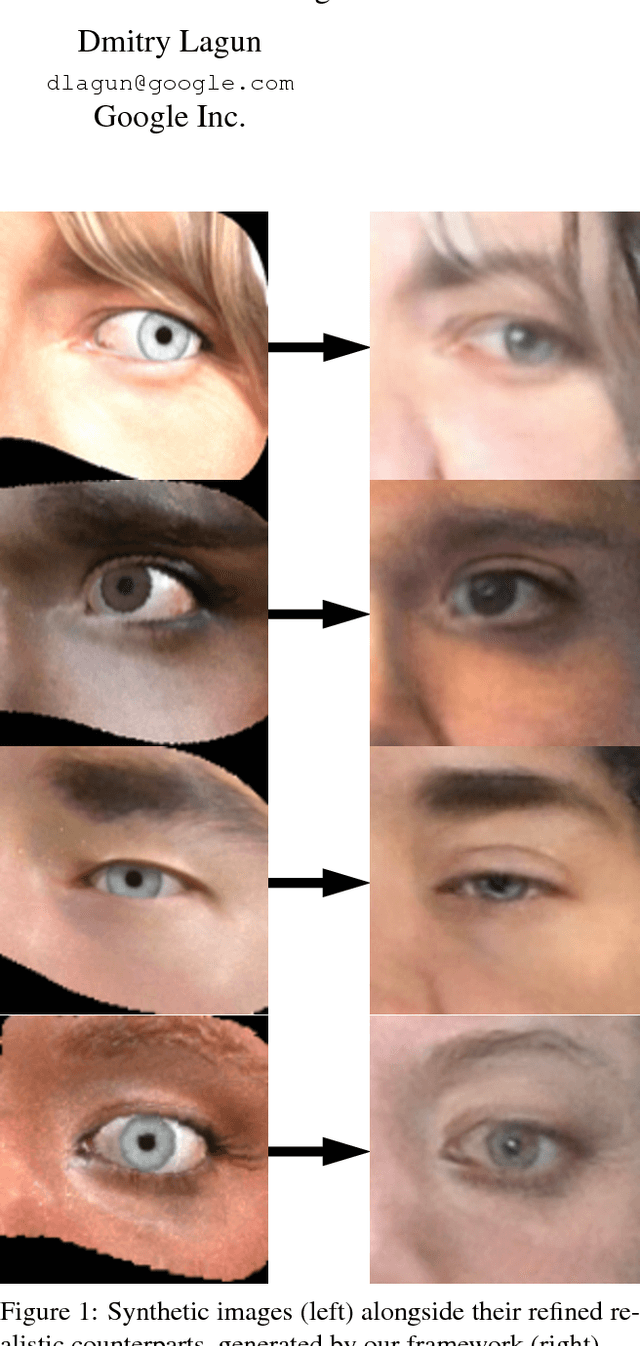Pingmei Xu
Dima
Gemma 3 Technical Report
Mar 25, 2025Abstract:We introduce Gemma 3, a multimodal addition to the Gemma family of lightweight open models, ranging in scale from 1 to 27 billion parameters. This version introduces vision understanding abilities, a wider coverage of languages and longer context - at least 128K tokens. We also change the architecture of the model to reduce the KV-cache memory that tends to explode with long context. This is achieved by increasing the ratio of local to global attention layers, and keeping the span on local attention short. The Gemma 3 models are trained with distillation and achieve superior performance to Gemma 2 for both pre-trained and instruction finetuned versions. In particular, our novel post-training recipe significantly improves the math, chat, instruction-following and multilingual abilities, making Gemma3-4B-IT competitive with Gemma2-27B-IT and Gemma3-27B-IT comparable to Gemini-1.5-Pro across benchmarks. We release all our models to the community.
GazeGAN - Unpaired Adversarial Image Generation for Gaze Estimation
Nov 27, 2017



Abstract:Recent research has demonstrated the ability to estimate gaze on mobile devices by performing inference on the image from the phone's front-facing camera, and without requiring specialized hardware. While this offers wide potential applications such as in human-computer interaction, medical diagnosis and accessibility (e.g., hands free gaze as input for patients with motor disorders), current methods are limited as they rely on collecting data from real users, which is a tedious and expensive process that is hard to scale across devices. There have been some attempts to synthesize eye region data using 3D models that can simulate various head poses and camera settings, however these lack in realism. In this paper, we improve upon a recently suggested method, and propose a generative adversarial framework to generate a large dataset of high resolution colorful images with high diversity (e.g., in subjects, head pose, camera settings) and realism, while simultaneously preserving the accuracy of gaze labels. The proposed approach operates on extended regions of the eye, and even completes missing parts of the image. Using this rich synthesized dataset, and without using any additional training data from real users, we demonstrate improvements over state-of-the-art for estimating 2D gaze position on mobile devices. We further demonstrate cross-device generalization of model performance, as well as improved robustness to diverse head pose, blur and distance.
TurkerGaze: Crowdsourcing Saliency with Webcam based Eye Tracking
May 20, 2015



Abstract:Traditional eye tracking requires specialized hardware, which means collecting gaze data from many observers is expensive, tedious and slow. Therefore, existing saliency prediction datasets are order-of-magnitudes smaller than typical datasets for other vision recognition tasks. The small size of these datasets limits the potential for training data intensive algorithms, and causes overfitting in benchmark evaluation. To address this deficiency, this paper introduces a webcam-based gaze tracking system that supports large-scale, crowdsourced eye tracking deployed on Amazon Mechanical Turk (AMTurk). By a combination of careful algorithm and gaming protocol design, our system obtains eye tracking data for saliency prediction comparable to data gathered in a traditional lab setting, with relatively lower cost and less effort on the part of the researchers. Using this tool, we build a saliency dataset for a large number of natural images. We will open-source our tool and provide a web server where researchers can upload their images to get eye tracking results from AMTurk.
 Add to Chrome
Add to Chrome Add to Firefox
Add to Firefox Add to Edge
Add to Edge